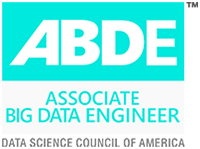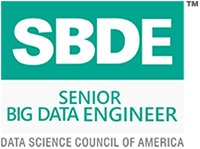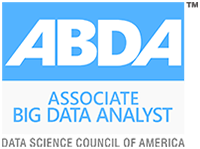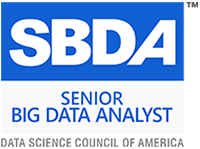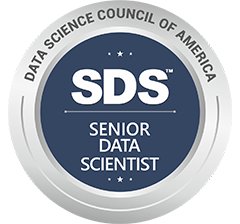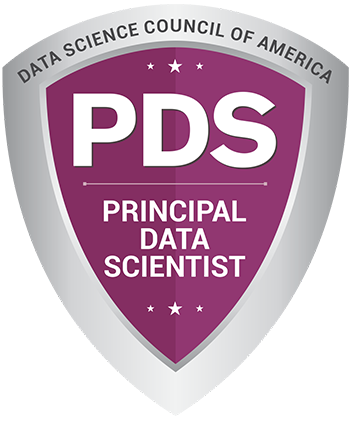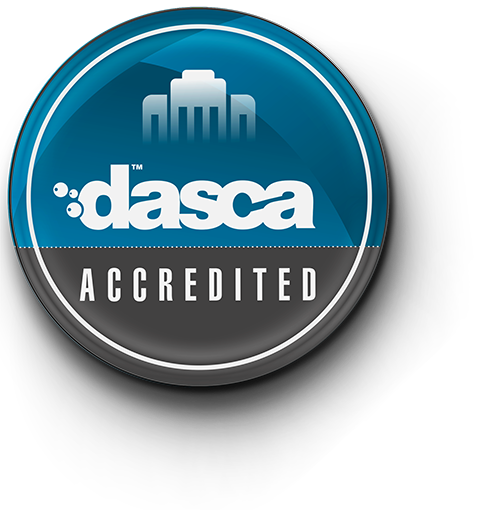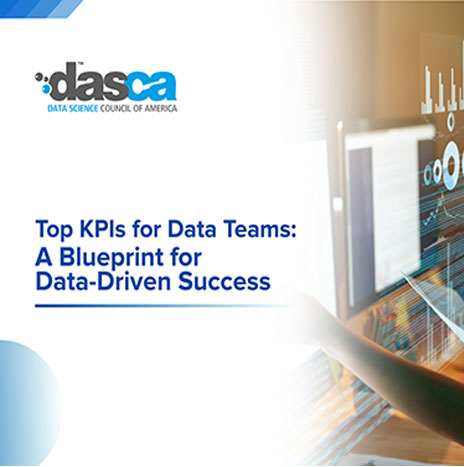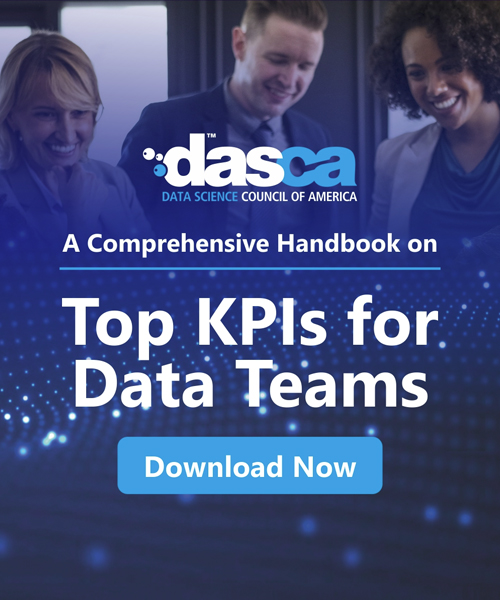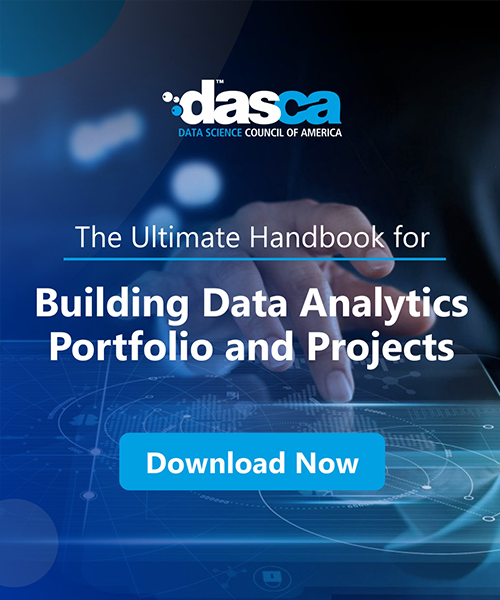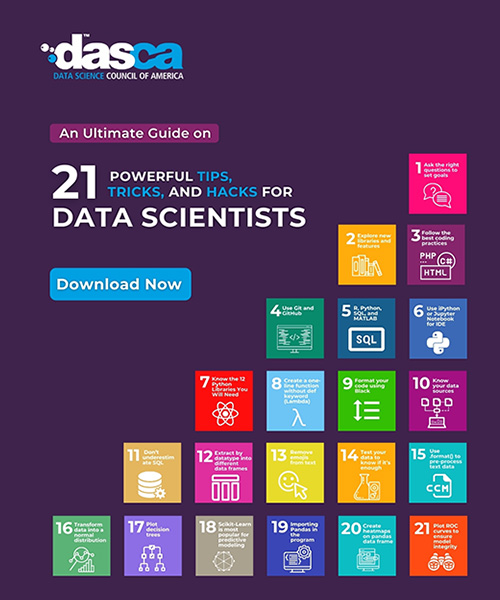
Organizations are collecting increasingly more data. However, the majority of the insights that it provides are not accessible until it is analysed by an analyst or data scientist. With the challenges of finding data scientists and analysts to work with, companies are in an impasse. Additionally, even businesses with a strong analytics department find that it can take too much time for them to gain the insights they need. To address this issue, an entirely new idea has been developed called augmented analytics.
As per Gartner, augmented analytics uses artificial intelligence and machine learning to speed up the process for data prep, insights generation, and insight explanation using Business Intelligence (BI) platforms. This can also enhance the capabilities of the analyst or data scientist and the 'citizen data scientist,' who is not an analyst but seeks insight through data by automating various aspects of the analysis process.
In conjunction with Augmented Analytics, businesses can:
-
Make data analysis effortless to help you achieve your business goals.
-
Improve your ability to pinpoint the root of data analysis difficulties and issues.
-
Unearth potential growth areas without spending any additional effort.
-
Unify enterprise-wide information in a BI perspective to improve the business's performance.
-
Opportunities to convert real-time data insights into tangible business outcomes.
In a nutshell, it is the combination of machine learning and natural language processing (NLP) that assists in data preparation, analysis reporting, and removing things that can slow down analytics. However, it is expected to do more than that, and augmented analytics requires rewriting the entire BI and analytics workflow.
Augmenting the Data Analytics and BI Workflow
To do this, we'll begin by looking at the standard workflow, which consists of the steps below:
-
Determine the KPIs and other related questions
-
Examine the data
-
Prepare the data for analysis
-
Views and dashboards are built
-
Beta Users browse the dashboards
-
Users perform an analysis of root causes
-
Users share and combine their experiences
-
These results are presented as suggested actions
-
The actions are carried out.
Augmented analytics essentially takes all but the first and last part of this process and "augmenting" them. Through this method, it is the case that a user with no technical background, someone who is not an analyst but an ordinary business user, can be empowered by analytics that does not require code to be connected on the platform.
The user comes with an appropriate set of KPIs and a business query and inputs them in the system, which does the rest and responds with a set of recommended actions.
If this seems a bit nebulous, the three elements that Gartner has classified as essential to augmented analytics are not on a future-generation wish list. However, they are well-developed technologies that have been widely utilized in various other fields:
-
Machine learning
-
Natural Language generation and natural language processing
-
Automation
Machine learning is an umbrella term used to describe the algorithms used to make "decisions" based on weighted probabilities, and it can be used to enable advanced analytics.
What can Augmented Analytics do for your business?
What is it that it offers?
-
Increased relevancy and business insights: Aids in identifying irrelevant or unimportant insights reduces the chance of missing crucial insights in the data, enables relevant insights to users and improves decision-making abilities and actions.
-
Faster and near-perfect information: Greatly reduces the time spent exploring and discovering data, offers near-perfect data insights for business users and helps users improve their data analysis by using AI/ML algorithms.
-
Data is accessible to anyone and everywhere: The flexibility and the compatibility of augmented analytics extend the scope of data available across the workflow, extending beyond the data scientists who are citizens and operational teams who can draw the information with less effort.
Allows less dependence on skills constraints: You don't need to depend on data scientists now. With the help of sophisticated AI/ML algorithms, augmented analysis helps meet the requirements of a skilled workforce that allows organizations to work more using technology than humans can manage and analyze data.
The market for augmented analytics is broadly divided into deployment, component, function, industrial vertical, the size of an organization. In the next step, the component category of the deployment market is separated into cloud and on-premises. Additionally, in terms of function and process, the market is classified into IT, operation, sales and marketing, finance and many more.
The Future of Data Analytics Has No Dashboards: Storytelling & Visualizations:
Business intelligence self-service (BI) instruments swiftly replace traditional dashboards with innovative tools designed to assist users in creating stories using data.
We're beginning to see more graphs, charts and heatmaps that could convey contextual information in a way that encourages people to concentrate on the results. Graph analytics creates data visualization representations of relationships between the data, something which is a bit different than how we think about correlations between seemingly disparate data points.
It is not difficult to imagine that the capability to take data that has been relegated to boring, dense, dense reports and turn it into visually appealing information is bound to make a huge impact on marketing and sales experts who are adept at framing information in a way that appeals to prospects' emotions. It could be an effective way to improve B2B sales pitches, allowing reps to utilize data to help sign an agreement. Marketers may integrate data-driven storytelling into their marketing campaigns. Visualizations within the company will help convince the company to launch a new product, fine-tuning your plan for supply chains, or leveraging opportunities to gain an advantage.
The Future of Big Data Analytics Have in Store
In the COVID age, the next phase of data analytics, or anything else, is not possible to predict.
If you examine the new trends in data analytics that continue to increase in 2021, it's clear we're amid a major disruption.
As time goes on, companies are likely to look for analytics tools to help businesses adapt to global challenges without slacking off. Augmented analytics can assist businesses in spotting new opportunities and threats more quickly, even if they do not have a dedicated team of data scientists.
With 5G shortly, CI streams and greater IoT adoption will make real-time analytics - and personalized recommendations more accessible and reliable and enable more rapid decision-making so make sure you’re on it.
Closing Notes:
The world is turning to become a data-driven society, and data is growing beyond the boundaries of big data. Countless devices are connected and are producing new data sets each day and every minute. The files are processed in an increasingly complicated form to produce insightful data. Therefore, businesses must invest in and use advanced analytical systems and AI assistance to make sense of their efforts on the journey of data analytics. In contrast, opening up the analytics process and boosting productivity means that businesses have to develop new ideas and alter their existing strategies. Augmented analytics provides an opportunity to improve the current and future business goals to remain ahead of the race. Make the most effective use of Augmented Analytics to build a data-driven organization, ensuring assured success.




